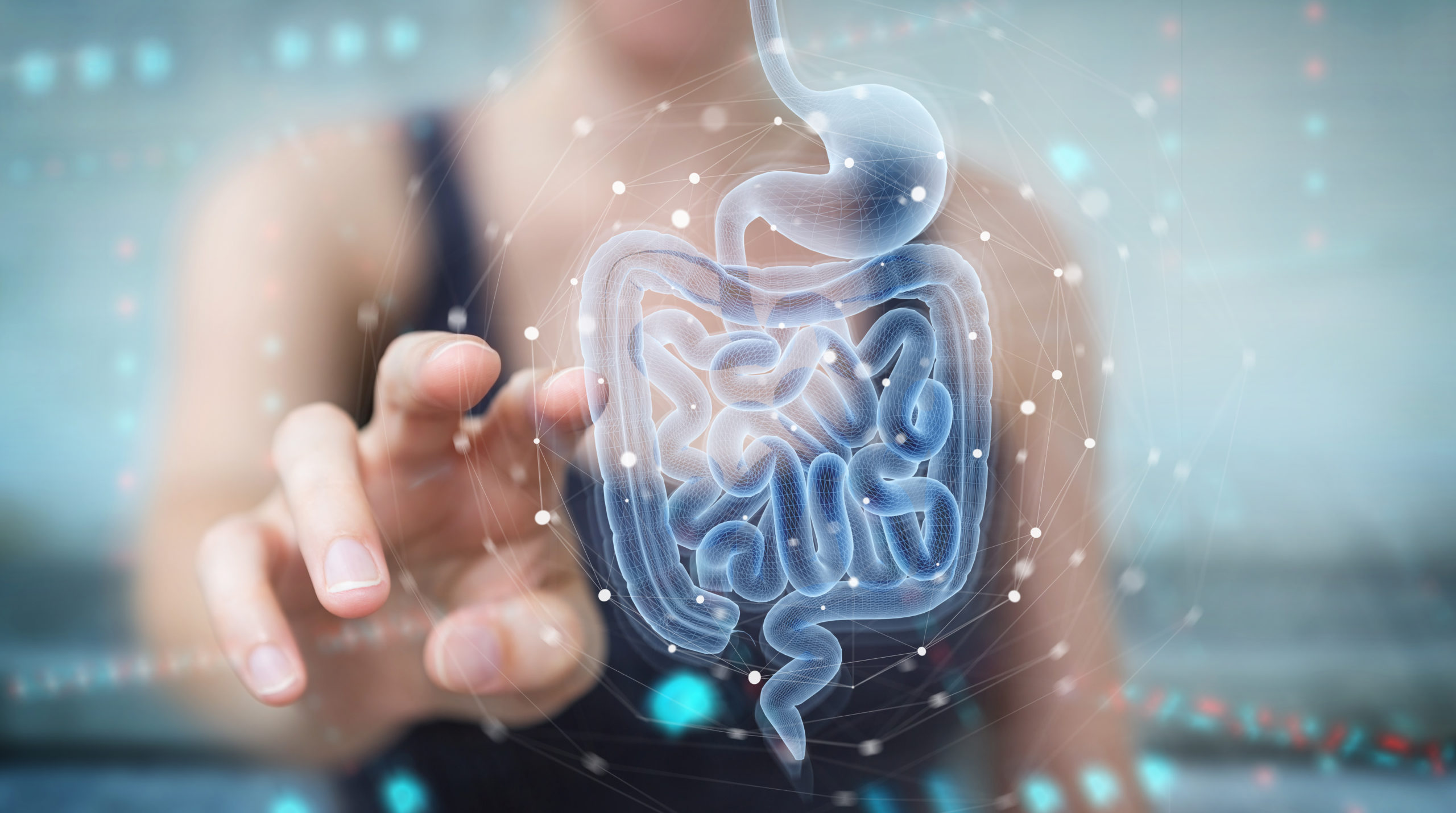Malrotation
OVERVIEW | CAUSES | RISK FACTORS | SYMPTOMS | COMPLICATION | DIAGNOSIS | TREATMENT | Prognosis | REFERENCES

OVERVIEW
Malrotation is a rare prenatal abnormality in which a baby’s intestine doesn’t form or rotate in the right way in their abdomen. It occurs early in pregnancy (around the 10th week) and develops when a baby’s intestine fails to coil into the proper position. This means that parts of the intestines are in the wrong location.
People born with malrotation may develop symptoms and complications, most often when they are babies but sometimes later in life. Some people with malrotation never develop symptoms or complications. It isn’t often evident unless a baby experiences an abnormal twisting of the intestine known as a volvulus. A volvulus causes an obstruction or blockage in the intestine, preventing food from being digested normally. The blood supply to the twisted part of the intestine can also be cut off, leading to the death of that segment of the intestine. This situation is an emergency and must be treated as soon as possible. A volvulus can be treated successfully with surgery, and your baby can grow and develop normally.
CAUSES
Experts don’t know what causes malrotation. However, genes or changes in genes- called mutations- may play a role. (Source)
Malrotation may also be associated with other birth or intestinal defects.
RISK FACTORS
While still a rare condition and the exact cause being unknown, the possibility of malrotation is equal in girls and boys. It mostly occurs in babies during the preganancy stage.
SYMPTOMS
Common signs of malrotation in babies younger than age 1 include
- Vomiting, often with bile in the vomit, which makes it green in color
- Failure to thrive
- Pain or tenderness in the abdomen
- Bloating of the abdomen
- Bleeding from the rectum or passing bloody stools
In children older than age 1 and adults, common signs and symptoms include
- Pain in the abdomen
- Vomiting
- Nausea
- Diarrhea
- Bloating
- Constipation
- Bleeding from the rectum or passing bloody stools
- Failure to thrive in children
If malrotation and its complications cut off blood flow to the intestines and cause shock, symptoms may include
- Confusion or unconsciousness
- Fast heart rate
- Pale skin
- Sweating
COMPLICATIONS
Malrotation can cause volvulus, or twisting, of the small intestine. Malrotation can also cause intestinal obstruction due to bands of mesentery- the tissues that hold the intestines in place- pressing against the duodenum. These problems can lead to serious and life-threatening complications such as
- Lack of blood flow to the blocked part of the intestine and death of the blood-starved tissues
- A perforation, or hole, in the wall of the intestine
- Peritonitis, an infection of the lining of the abdominal cavity
- Sepsis, a serious illness that occurs when the body has an overwhelming immune system response to an infection
- Shock, condition when not enough blood and oxygen can get to your organs and tissues. It causes very low blood pressure and may be life-threatening.
DIAGNOSIS
Doctors diagnose malrotation based on medical and family history, a physical exam, and imaging tests.
Physical exam
During a physical exam, a doctor will check for signs of pain, tenderness, or bloating or visible swelling of the abdomen and may listen to sounds inside the abdomen using a stethoscope. A doctor may also check for signs of shock, such as a rapid pulse or low blood pressure.
Imaging test
- Abdominal X-ray: an X-ray that may show intestinal obstructions.
- Barium enema X-ray: Barium is a liquid that makes the intestine show up more clearly on the X-ray. For this test, barium is inserted into the intestine through the anus and then X-rays are taken.
- CT scan: CAT or CT (computerized axial tomography) scan uses computers and X-rays to produce many pictures from multiple angles to give doctors an accurate picture of the body. In the case of possible malrotation, a CT scan looks for a blockage in one of the intestines. To help do this, a harmless dye is injected so that the blockage is more easily seen.
TREATMENT
Emergency surgery to repair the volvulus is necessary. An incision is made in the abdomen, the bowels are inspected and the volvulus is reduced. This means that the bowels are untwisted and the blood supply restored.
If a small segment of bowel is dead from lack of blood flow, it is resected (removed). Depending on the condition of the child at the time of the operation, the ends of the bowels will either be sewn back together or temporarily diverted. Diversion is a process to move stool out of the abdomen through a colostomy or ileostomy and away from tissues that are healing.
When a colostomy is performed, the cut end of the large intestine is brought to an opening that is made through the wall of the abdomen. When an ileostomy is performed, the cut end of the small bowel is brought through a similar opening. Both a colostomy and an ileostomy allow bowel contents to empty into a bag. Later, when the child’s organs have healed, the colostomy is removed in a separate procedure to allow the child to pass normal bowel movements.
Although surgery is required to repair malrotation, most patients' health returns to normal once the condition is treated and corrected. In case of children, the majority who experienced a volvulus don’t have long-term problems if the volvulus was repaired promptly and there was no intestinal damage.
- https://www.niddk.nih.gov/health-information/digestive-diseases/anatomic-problems-lower-gi-tract/malrotation
- https://my.clevelandclinic.org/health/diseases/10029-malrotation
- https://www.hopkinsmedicine.org/health/conditions-and-diseases/malrotation
- https://www.mayoclinic.org/diseases-conditions/intussusception/symptoms-causes/syc-20351452
- https://pubmed.ncbi.nlm.nih.gov/16151680/






































































































